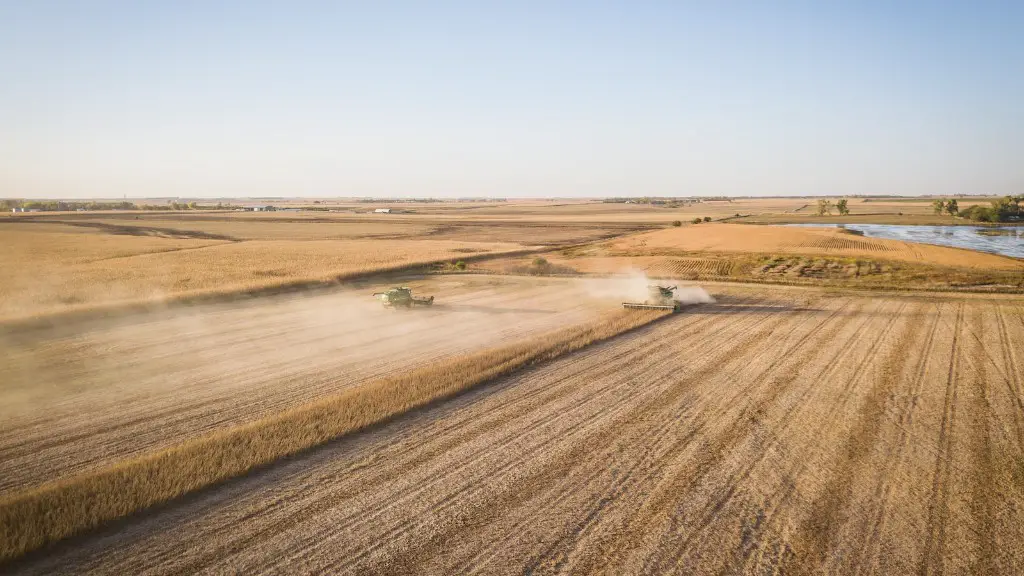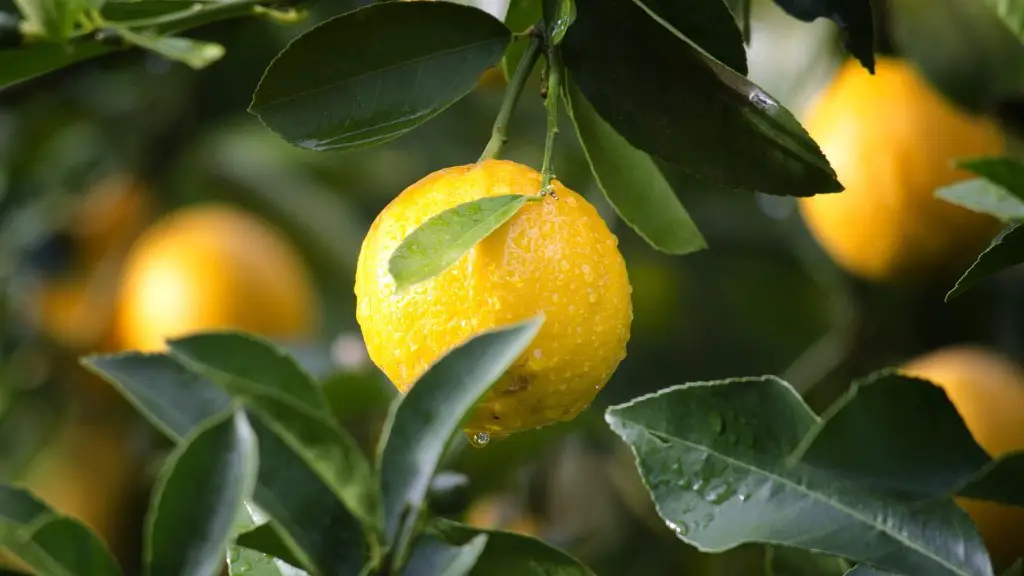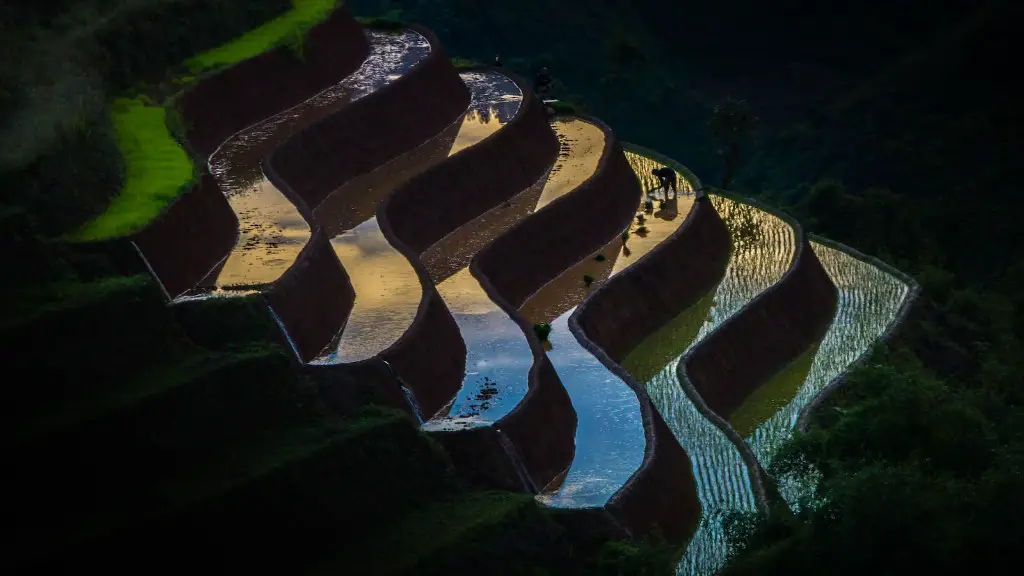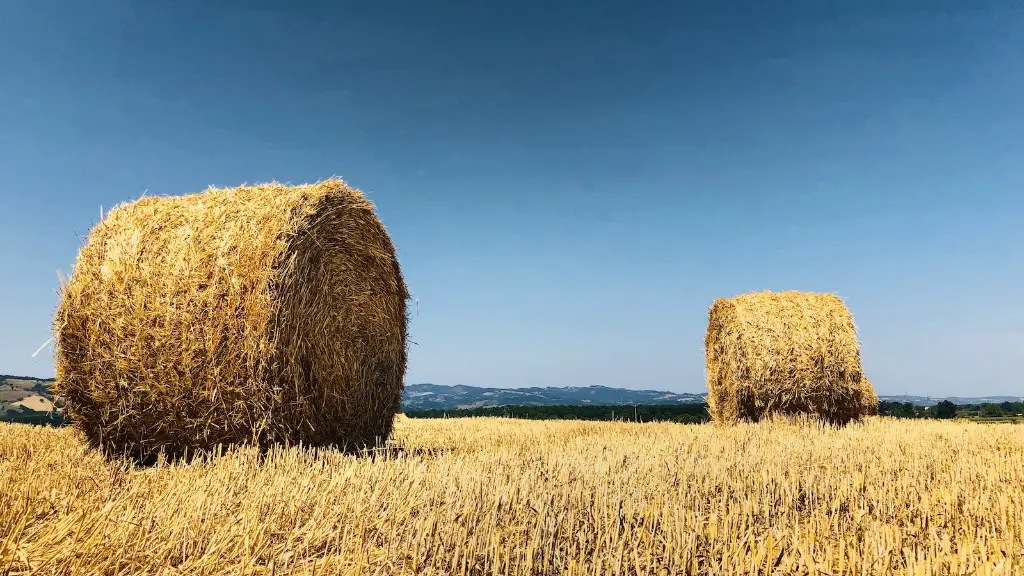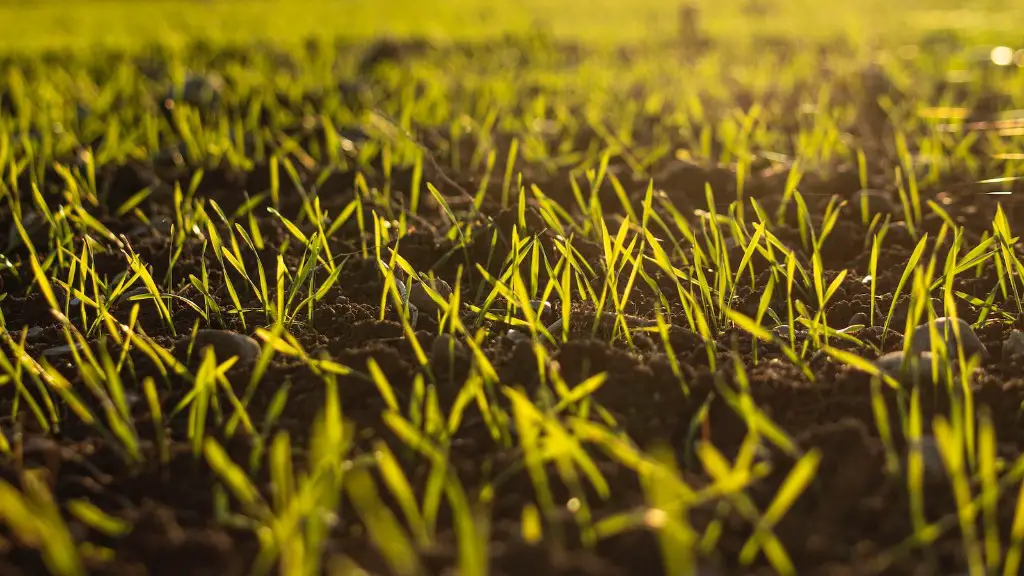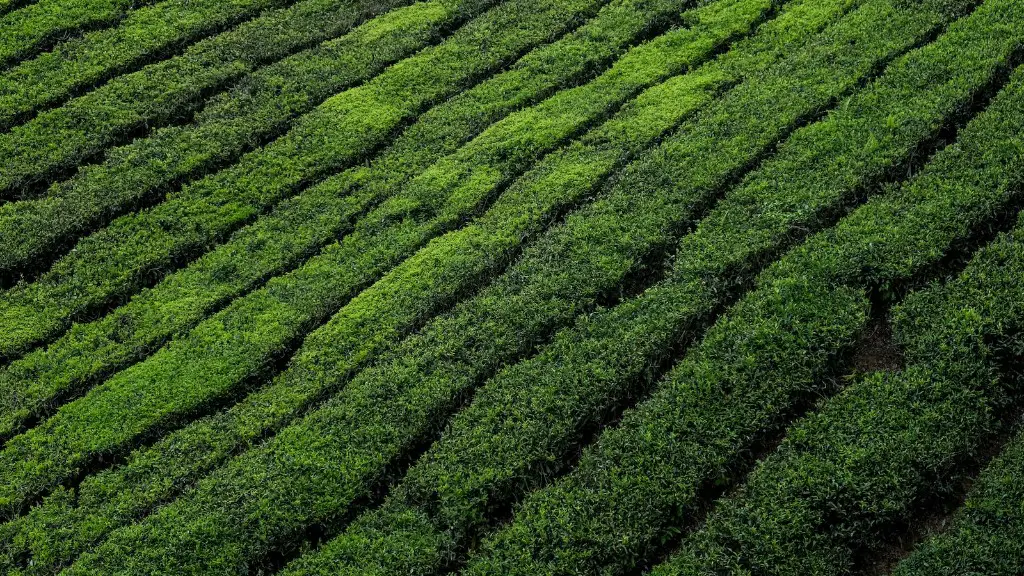Radiation is used in agriculture in a variety of ways, including improving crop yields, sterilizing soil and equipment, and controlling pests.
Radiation is used in agriculture to help improve the growth and yield of crops. Radiation can be used to improve the germination of seed, to increase the photosynthetic capacity of leaves, and to promote the growth of roots.
What examples are there of the uses of radiation in agriculture?
Radioactive isotopes are used in agriculture for various purposes, such as in fertilizers, insect control, plant mutation breeding, and food irradiation. Fertilizers labeled with particular isotopes help to access the amount of fertilizer taken up by the plant and the amount lost. Use of radioactive isotopes in insect control can help to reduce the population of harmful insects. Plant mutation breeding can help to create new varieties of plants with desired characteristics. Food irradiation can help to kill bacteria and extend the shelf life of food.
Ionising radiation is used to induce mutations in plant breeding to create new crop varieties. This has been done for several decades, and some 3200 new crop varieties have been developed in this way. Gamma or neutron irradiation is often used in conjunction with other techniques to produce new genetic lines of root and tuber crops, cereals, and oil seed crops.
Do farmers use radiation
Nuclear science and technology have a key role in improving food abundance and quality. For years, food irradiation has been used to improve food safety and increase the shelf life of produce. Even after crops are harvested, nuclear science and technology can help to improve food abundance and quality.
Food irradiation is a food safety process that uses radiation to kill germs that can cause food poisoning (foodborne illness). Food irradiation is safe, and its safety and efficacy have been endorsed by various federal agencies and intergovernmental organizations.
Why is radiation very important in planting crops?
Radiation can be used to create new and better types of plants. It can also be used to control insect populations, thereby decreasing the use of dangerous pesticides.
Radioactive material from fertilizer production is a concern because it can contaminate the environment and pose a health risk to humans and animals. Phosphate rock contains small amounts of naturally-occurring radionuclides, mostly uranium and radium. When these radionuclides decay, they release radioactivity into the environment. This radioactivity can contaminate air, water, and soil, and potentially expose people and animals to harmful radiation.
There are several ways to reduce the risk of exposure to radioactive material from fertilizer production. One way is to use phosphate rock that has a low content of uranium and radium. Another way is to process the phosphate rock to remove the radionuclides before it is used to make fertilizer.
Radioactive material from fertilizer production can be a serious concern, but there are ways to reduce the risk of exposure. By using low-uranium and radium phosphate rock, and by processing the phosphate rock to remove radionuclides, the risk of exposure can be minimized.
Does radiation help plants grow?
The effects of high doses of radiation on plants is lethal, although different species of plants vary greatly in their sensitivity to ionizing radiation There are reports, however, of a stimulating effect on growth when seeds or seedlings are exposed to light doses of ionizing radiation.
Irradiation is a process that uses high-energy waves to kill bacteria, viruses, and other contaminants in food. This process can help to preserve food and reduce food waste.
Is radiation good for plants
Radiation does have harmful effects on plant life, but the extent to which it does so is still not fully understood. It is known that radiation can cause DNA damage, and this can lead to the death of individual cells. Radiation can also cause mutations, which may lead to the death of the plant or animal, or may cause problems with reproduction.
Radiation for the treatment of food is achieved through the application of gamma rays (with Co-60 or Cesium-137 radioisotope), electron beams (high energy of up to 10 MeV), or X-rays (high energy of up to 5 MeV) Radiation principles explain how the gamma rays, e-beams and X-rays interact with matter.
Ionizing radiation can be used to kill bacteria and other microorganisms in food, thus extending its shelf life. Radiation dosages are carefully controlled to ensure that the food is not spoiled or made unsafe to eat.
What examples of radiation are used to treat foods?
Food irradiation is a process that uses ionizing radiation to kill bacteria, viruses, and other pathogens in food. This can help to prevent foodborne illnesses, which can cause serious illness or even death. Currently, food irradiators use one of three kinds of radiation: gamma rays (from cobalt-60 sources), electron beams, or x-rays. All three methods work the same way: bulk or packaged food passes through a radiation chamber on a conveyor belt. The food is exposed to the radiation for a specific amount of time, depending on the type of food and the desired level of protection. After irradiation, the food is safe to eat.
While there are many naturally-occurring radionuclides in foods, the most well known examples are bananas and Brazil nuts. Bananas have naturally high-levels of potassium and a small fraction of all potassium is radioactive. Each banana can emit approximately 0.1 millirem (0.1 microsieverts) of radiation. While this may seem like a lot, it is actually a very small amount and is not considered harmful to human health.
What does radiation do to soil
If radioactive substances are adsorbed in the soil, it could adversely affect the diversity and abundance of soil fauna. This could in turn disturb nutrient cycling within ecosystems, since there would be fewer arthropods to decompose leaf litter.
Acute radiation poisoning is a serious health concern in cases of exposure to high levels of radiation. This can happen if people are close to a powerful radiation source, like a nuclear reactor. Irradiation of cells causes damage to DNA and other cell structures, which can be deadly. All living organisms are at risk of acute radiation poisoning if they are exposed to high levels of radiation.
What type of radiation do plants use?
PAR is the amount of light in the 400-700 nanometer range that is used by plants for photosynthesis. This light is a critical driver of plant growth and plays a vital role in the overall health of the plant. Plants use PAR to convert carbon dioxide and water into oxygen and sugar, which is used for energy. This process is essential for plant life and is the foundation of the food chain. PAR is measured in units of micromoles per second (μmol/s), and the amount of PAR that a plant receives can be a major factor in its growth. Too little PAR can result in stunted growth, while too much can damage leaves and cause them to scorch. The ideal amount of PAR for a plant will vary depending on the species, but most plants need between 30-60 μmol/s to thrive.
By preventing seed growth, ultraviolet radiation can negatively affect plant growth and development. Soil can become compacted and lose nutrients needed for plants to grow, which can impact plant growth.
Final Words
Radiation is used in agriculture to improve the yield of crops and to make them more resistant to pests and diseases.
Radiation is used in agriculture to improve the growth and yield of crops. It can also be used to control pests and diseases. Radiation has been found to be safe and effective when used properly.
